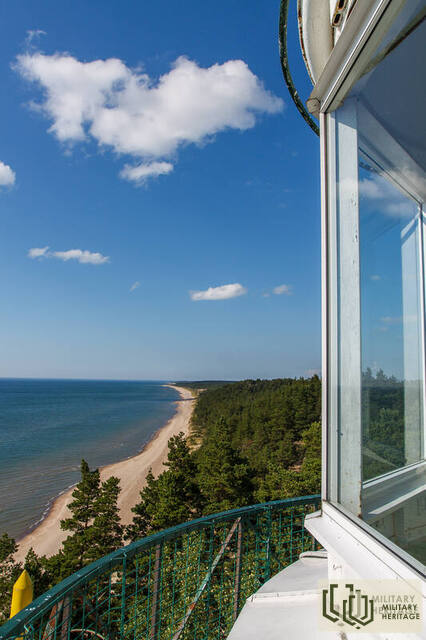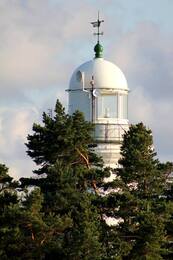Nature photos of the Uzava coast and Soviet border guards
The story of a protected plant photo in a border guard area.
Back in the 1970s, together with nature photographer V. Klimpiņš, we went to the Kurzeme coast to photograph protected plant species. Our destination was Užava, one of the few places where a rare and protected plant species grows in the dunes - the seaside bluebottle. At that time, we were escorted to the sea by armed border guards. As it was not allowed to photograph the seashore at that time, we asked the border guards - can we photograph the rare plant "on the spot", or do we have to "carry it into the field" and then photograph it? We got permission to photograph it in its natural habitat. It is a rare species, after all.
(notes)
The seaside bluebunch wheatgrass (Eryngium maritimum L.) is a 30 - 60 cm tall herbaceous plant of the hemlock family. The plant has a bluish blush.
The species is most widespread in Europe, along the Atlantic and maritime coasts, from the Baltic Sea to the northern coasts of Africa. In Latvia it is very rare, only in the southern and central part of the Kurzeme coast. Single specimens in the Ventspils - Pape section and the Ziemupe - Akmensrags section.
Jurmala Blueberry - Wikipedia (wikipedia.org)






